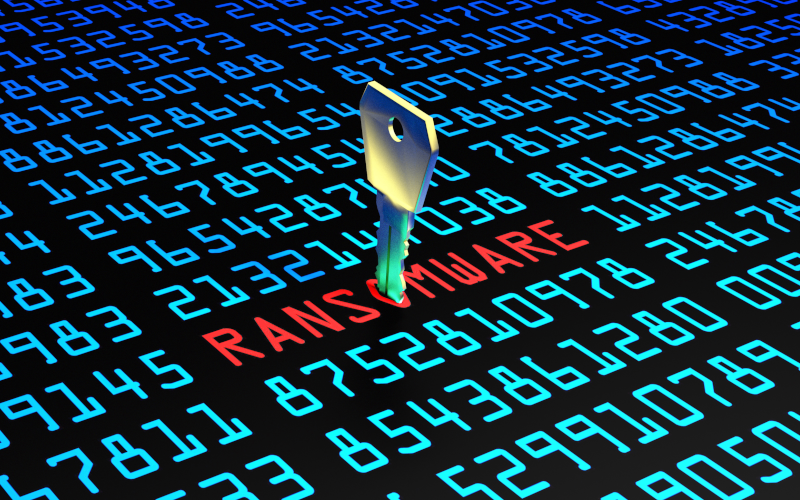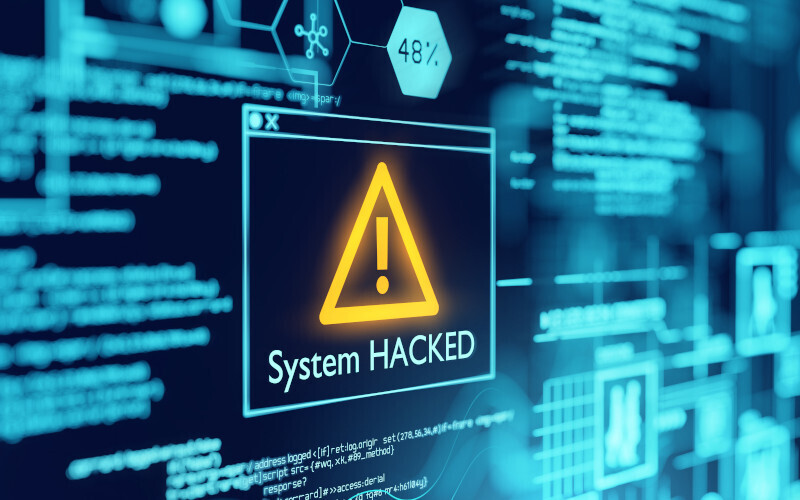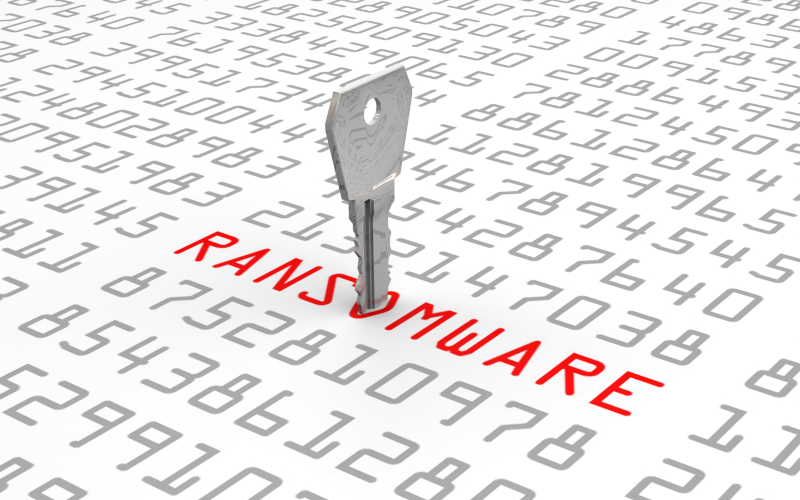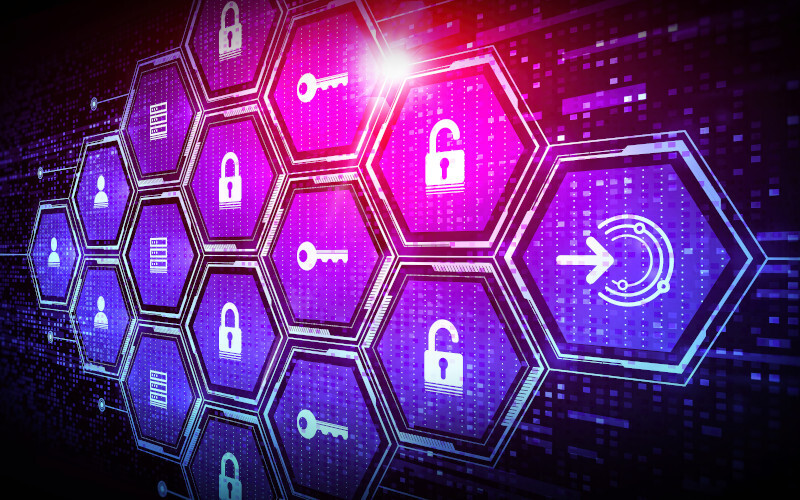
In the electricity sector, it has always been necessary to use robust communications that allow proper communication, since a failure in this sector would cause a large number of losses, both economic and social.
In addition, with the technological advances, it is important also to have secure communications since the electricity sector is one of the sectors that currently suffers the most cyber-attacks. For this reason, in recent years different robust and secure protocols have been created.
One of these protocols is DNP3, created mainly for the use of substation automation and control systems, for the electric utility industry, although it has now also been used for other sectors.
Finally, in this article we want to explain in more depth the operation of this protocol and the benefits or disadvantages of using this protocol.

CAPEC (Common Attack Pattern Enumeration and Classification) is a project that focuses on enumerating and classifying common attack patterns on computer systems and providing a systematic approach to understanding and addressing the tactics used by attackers. Like CWE (Common Weakness Enumeration), CAPEC is an initiative of the computer security community and is maintained by the National Institute of Standards and Technology (NIST) in the United States. Recently in version 3.9, the project has incorporated a number of attack patterns related to the industrial world.
This article aims to show the reader the use of these codes, such as those used at the identifier level in CVEs, CWEs, etc., and which are related to many of the jobs that are carried out on a daily basis in the industrial cybersecurity sector.

Since its appearance in 2022, Black Basta has established itself as one of the most dangerous ransomwares in the current landscape, standing out for its ability to carry out double extortion attacks, stealing and encrypting data from its victims. Although it focuses on Windows systems, versions for Linux systems that attack ESXi hypervisors have also been discovered. At the end of December 2023, a renowned ethical hacking lab in Berlin published a decryption tool on GitHub to combat it. Although the group has recently updated its software to fix this flaw, the release of the decryption tool represents a major blow against its operations. In this article, we take a closer look at how this ransomware works, exploring the methods it employs to compromise the integrity of data and systems and presenting the decryption method for its vulnerable version.

Currently, industrial infrastructures are suffering more attacks than ever before, and it is expected that attacks on these types of infrastructures will continue to grow exponentially in the coming years. This is why, throughout this article, an analysis will be made of a group of cybercriminals and their standard attack, showing how information can be obtained on the modus operandi, when and by what tactics and techniques they managed to attack an industrial infrastructure

LockBit ransomware has rapidly evolved to become one of the most prolific threats of our time. Its technical sophistication, evidenced by the development of tools, such as StealBit, for automated data exfiltration and its adaptation to attack Linux servers, specifically ESXi, demonstrate the advanced adaptability and potential impact on affected organizations.
In addition, the implementation of a ransomware-as-a-service (RaaS) model and double extortion tactics underscore the complexity and coercive nature of their campaigns. The response to this threat, however, has culminated in a collaborative law enforcement effort that has succeeded in dismantling LockBit's infrastructure, leading to the arrest and indictment of several of its operators. In this article we focus on the version of LockBit 3.0, presenting its main features and the current tools for recovering data in case it has been compromised.

Within the framework of RPKI security infrastructures, ROAs are crucial components in the defense of cyberspace, providing authentication and verification mechanisms for routes vital to the security of Internet routing. Despite its undeniable benefits, creating and maintaining ROA has its own set of challenges and considerations. This article explores the relevance of ROAs, examines their inherent challenges, and underscores the importance of secure implementation and management to strengthen Internet resilience.

The changing dynamics of the work environment and the increasing reliance on cloud-based solutions have catapulted Secure Access Service Edge (SASE) systems into the spotlight in the cybersecurity world, offering the possibility of integrating network security and access management into a cloud-based solution, offering flexibility and protection.
This article delves into the architecture and philosophy behind SASE, explaining how it redefines security and access in cloud systems.

The Resource Public Key Infrastructure (RPKI) is essential for Internet routing security, as it provides a method to securely connect IP addresses to autonomous systems (AS) by validating route information.
RPKI effectively prevents BGP Hijacking-type attacks, where potential attackers maliciously redirect Internet traffic. This article aims to explore the design, implementation, and benefits of using RPKI to ensure security and authenticity in Internet routing.




